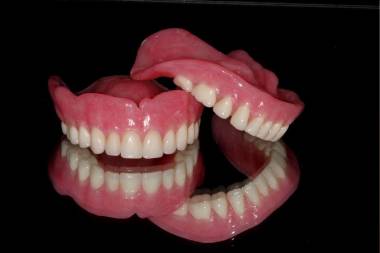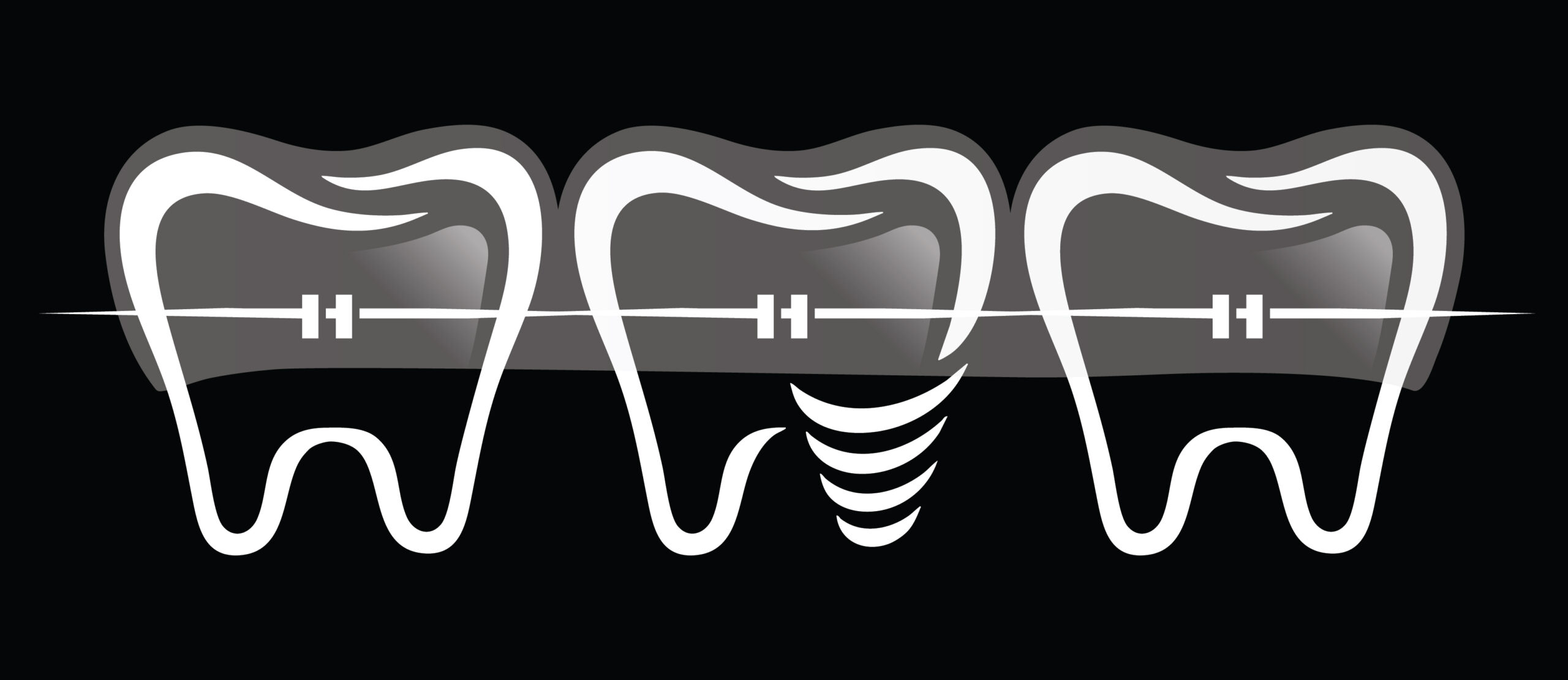Complete Dentures
Complete Dentures (Full Dentures)
Complete Dentures are removable prosthetic devices used to replace all missing teeth in either the upper (maxillary) or lower (mandibular) arch — or both — and are supported by the surrounding soft and hard tissues of the oral cavity.
They are designed to restore function, aesthetics, speech, and oral health in edentulous (toothless) patients.
1. Definition
Complete Denture is a removable dental prosthesis that replaces the entire dentition and associated structures in a completely edentulous maxillary or mandibular arch.
2. Indications
Complete loss of teeth in one or both arches
Financial or medical limitations to fixed prostheses or implants
Inability to tolerate implant surgery
Age-related tooth loss (e.g., due to advanced periodontal disease)
Immediate dentures after full extraction
3. Contraindications
Patients with severe gag reflex
Psychologically uncooperative patients
Poorly formed or severely resorbed ridges (without surgical correction or implants)
Poor neuromuscular control (e.g., Parkinson’s, stroke patients)
4. Types of Complete Dentures
| Type | Description |
|---|---|
| Conventional Dentures | Made after complete healing of extraction sites (6–8 weeks post-extraction) |
| Immediate Dentures | Delivered immediately after extractions |
| Implant-Supported Dentures | Retained using dental implants for improved stability |
| Overdentures | Placed over retained roots or implants |
| Copy Dentures | Duplicate of existing dentures with or without modification |
5. Components of a Complete Denture
Denture Base – the part that rests on the oral tissues (usually acrylic)
Artificial Teeth – made from acrylic or porcelain
Flanges – extensions of the base into the vestibule
Polished Surface – outer surface contacting cheeks, lips, and tongue
Intaglio Surface – tissue surface that sits on the mucosa
6. Steps in Fabrication of Complete Dentures
Visit-wise Breakdown:
| Visit | Procedure |
|---|---|
| 1️⃣ | Preliminary impressions (alginate) |
| 2️⃣ | Custom tray fabrication & final impressions (with border molding) |
| 3️⃣ | Jaw relation records (vertical & horizontal) |
| 4️⃣ | Try-in of wax denture with teeth arrangement |
| 5️⃣ | Denture processing (acrylic curing & polishing) |
| 6️⃣ | Denture insertion |
| 7️⃣ | Post-insertion adjustments (24 hours, 1 week, etc.) |
7. Post-Insertion Instructions
Wear dentures continuously for first 24 hours, then remove at night
Clean dentures daily with soft brush and denture cleanser
Store in water when not in use (never let them dry out)
Expect initial discomfort, increased salivation, and speech difficulties — usually temporary
Visit the dentist for regular adjustments and relines if needed
8. Maintenance & Follow-Up
Regular 6-month check-ups
Relining or rebasing may be needed after 2–3 years due to ridge resorption
Replacement typically after 5–7 years
Monitor for denture stomatitis, ulcers, or fungal infections (e.g., Candida albicans)
9. Advantages
Non-invasive and affordable
Restores mastication, aesthetics, and speech
Improves patient confidence and social interaction
Can be fabricated relatively quickly
10. Disadvantages
May feel bulky or uncomfortable initially
Reduced chewing efficiency (compared to natural teeth or implants)
May become loose due to bone resorption
Requires adaptation and patience from the patient
Risk of denture sores or fungal infections if hygiene is poor
11. Alternatives to Complete Dentures
| Option | Description |
|---|---|
| Implant-Supported Overdentures | Dentures anchored to 2–4 implants |
| Fixed Full-Arch Bridges | Non-removable prostheses on 4–6 implants |
| Hybrid Dentures (All-on-4) | Denture fixed on 4 implants, combines stability and removability |
| Removable Partial Denture | If some natural teeth remain |
Conclusion
Complete dentures remain a widely used, affordable, and effective solution for full-mouth rehabilitation in edentulous patients. Success depends on accurate fabrication, patient adaptation, and ongoing care.

